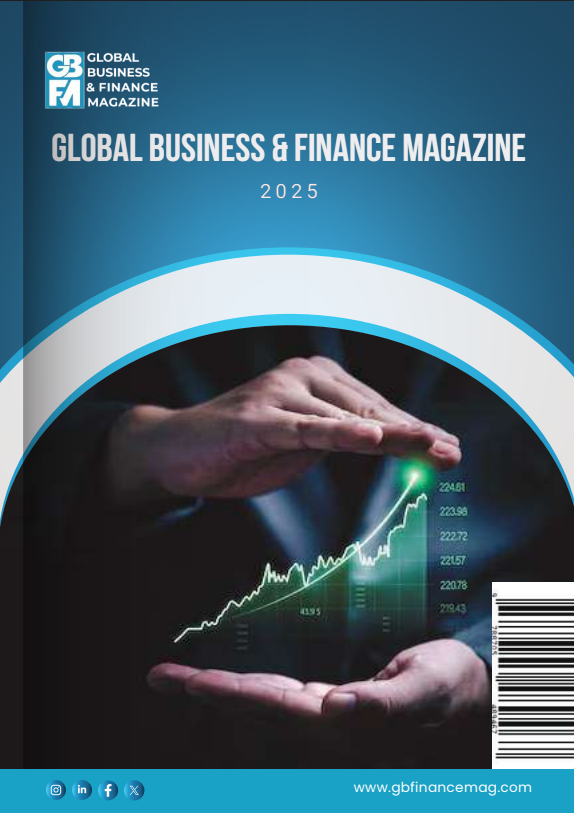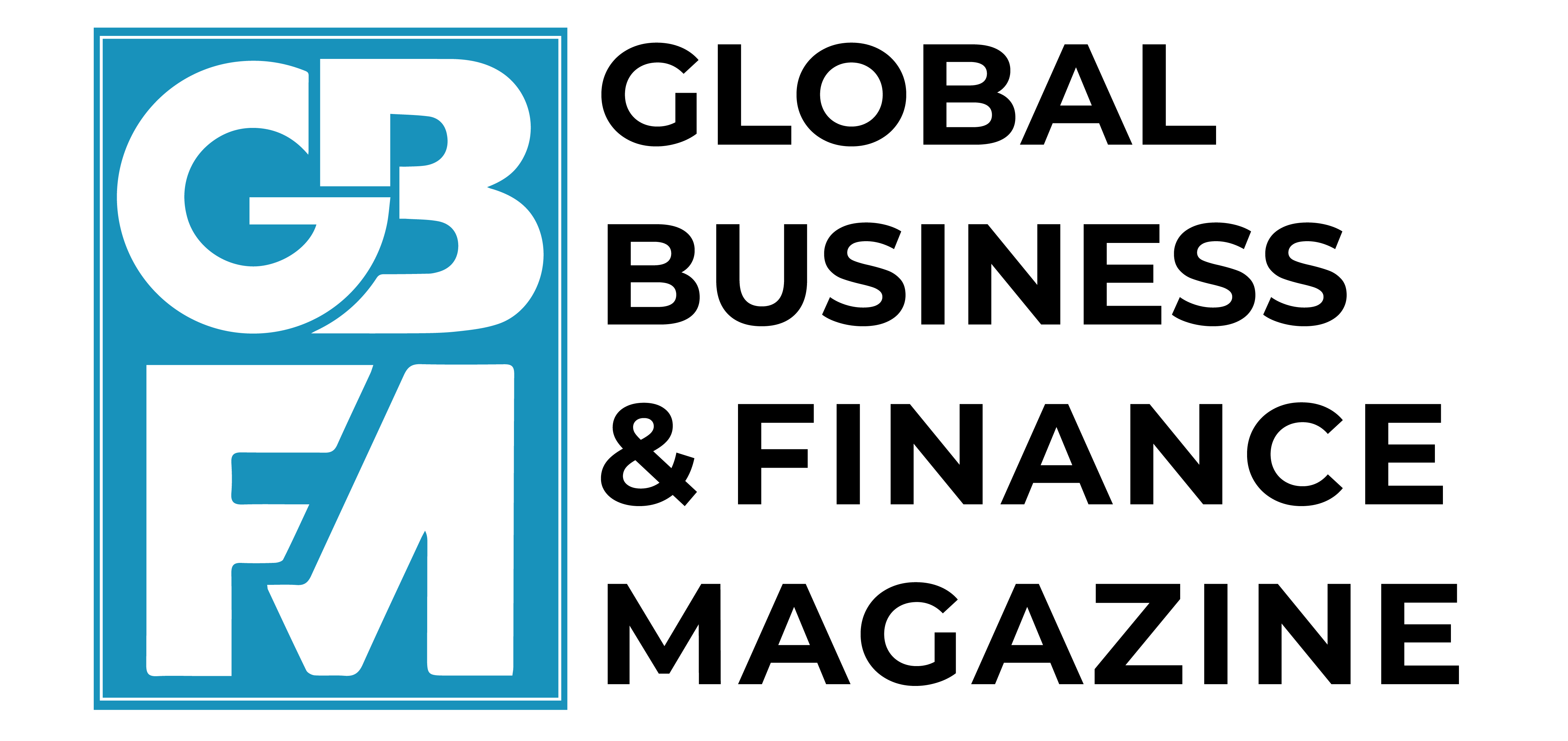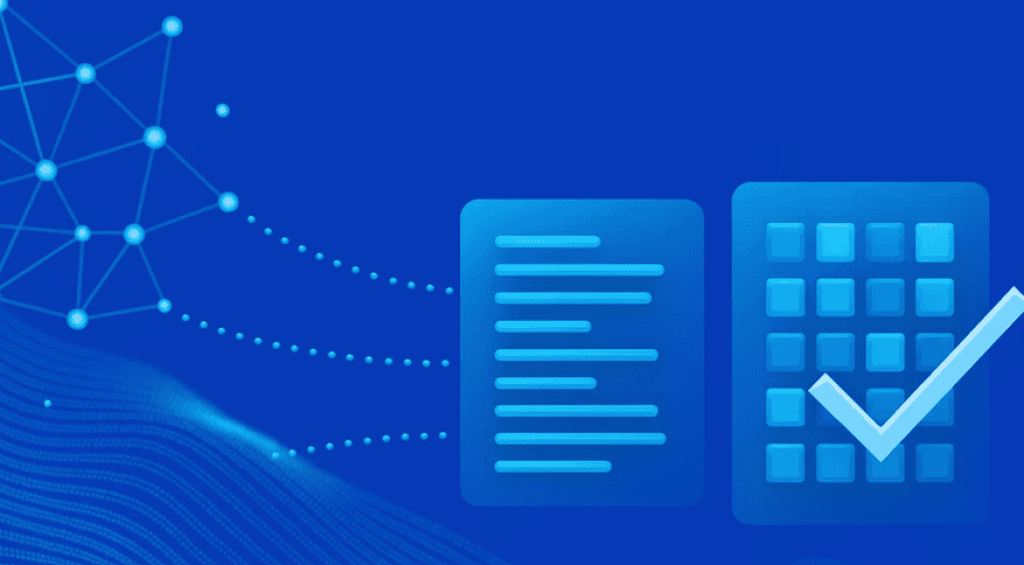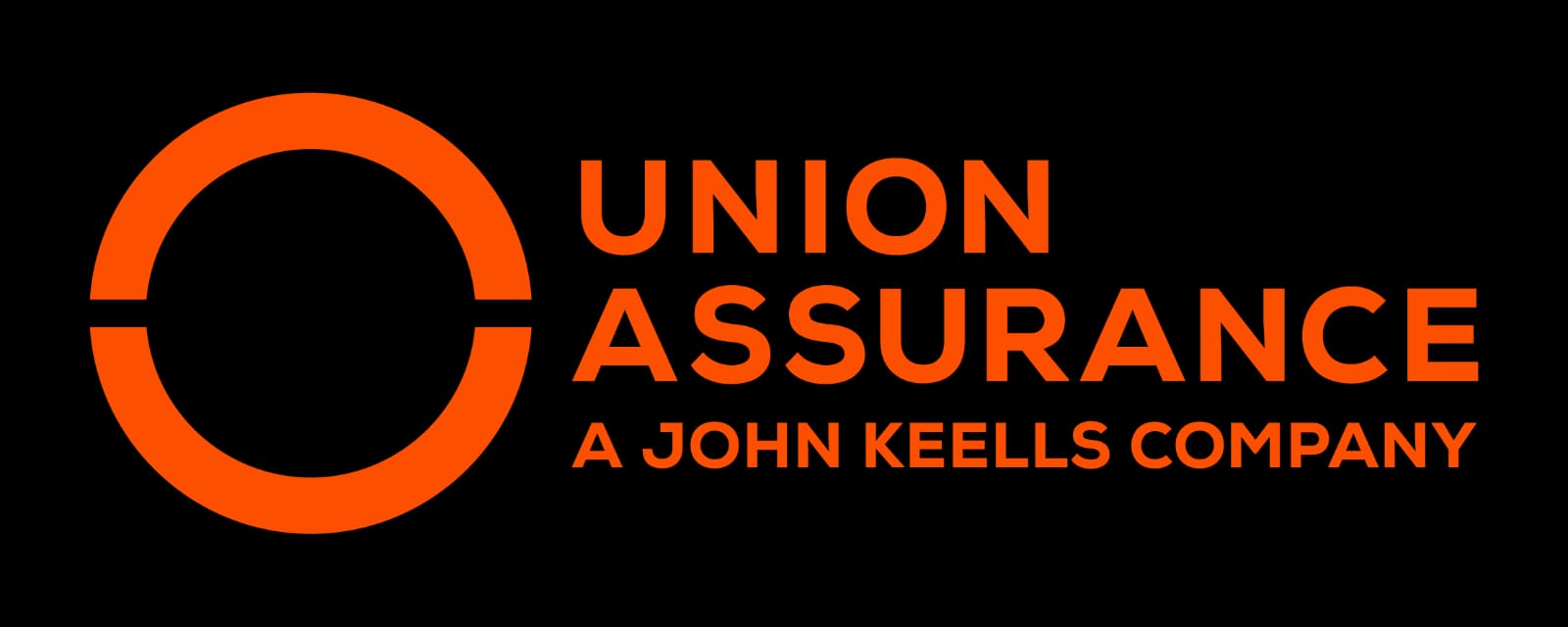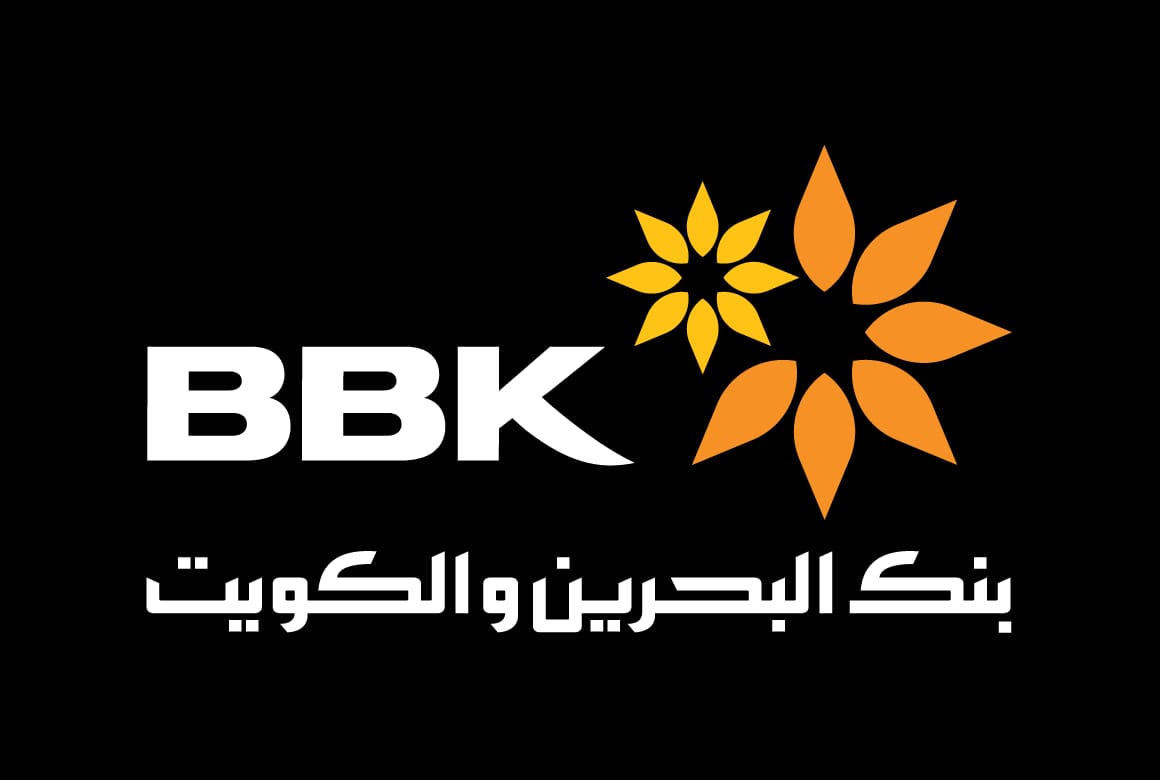Earlier this year, the World Bank conducted the second round of a Data Sharing Exercise with G-7 and Paris Club creditors. This is the first large-scale effort of its kind to systematically compare creditor- and debtor-reported data at the loan-by-loan level. Since the release of the March 2025 report, the 2025 G-7 Finance Ministers’ Communiqué highlighted the exercise and emphasized the importance of advancing debt transparency and improving both the availability and the quality of debt data.
But have you ever wondered what it takes to reconcile all that data? Here’s a look behind the scenes at what that process involves.
Why data reconciliation matters
Modern international debt monitoring is built on a foundation of data reported by borrowing countries, including direct reporting to the public through debt bulletins and the information provided to the World Bank Debtor Reporting System (DRS), among other data.
Creditors, of course, represent the other side of the ledger, one that has typically not been asked to report data in the same way. Creditors have information that would allow for the verification of loan details and identification of discrepancies and data gaps that might otherwise go unnoticed. Such data, historically, has been less readily available.
This is changing. In recent years, major creditor countries have begun participating in new efforts to improve debt transparency. Under the G-7 and the Paris Club initiative, bilateral creditors (typically governments or government-supported agencies) are stepping up to share their data. When both debtors and creditors contribute data, it becomes possible to compare their records, reconcile discrepancies, and identify gaps or mismatches. Reconciliation ensures a more accurate picture of global debt and helps prevent misunderstandings and hidden risks.
The World Bank is uniquely positioned to support creditor-debtor data sharing exercises because reconciliation at this scale and level of complexity is not only technically demanding, but it also requires close coordination and cooperation across institutions and countries.

Matching records: more than meets the eye
The World Bank began the data sharing exercise in 2022, with major bilateral creditors providing loan-level information on their official lending to public entities in IDA countries (a group of 78 low-income countries). Building on that success, the World Bank conducted another round of data sharing, focusing on loan data from 2023. Each participating creditor country provided a loan-level dataset of its official bilateral lending to low-income countries – a total of over 4,500 individual loans and tranches. For each of these creditors, we compared the dataset with the debtor-reported loan-level data in the DRS database, matching the records as closely as possible.
While reconciling these records from creditors and borrowers may sound like a simple alignment exercise, in practice it involves navigating a range of differences – some of them quite significant – in structural and methodological debt definitions and classifications. Each creditor report contains detailed information, but that data often employs formats and methodologies that don’t align neatly with the data in the DRS.
Some of the most common challenges in the data reconciliation exercises have included:
- Tranches and matching structures: A loan agreement could appear as multiple items in one system but as a single aggregate in another. This happens if the loan has tranches – separate loan installments disbursed over time, often with distinct terms. In a debt management system, these tranches may be recorded as separate entries or as a single aggregate value. As a result, data reconciliation often involves aligning a one-to-many relationship (one creditor record to multiple debtor tranches or vice versa), or every data scientist’s nightmare – many-to-many.
- Missing identifiers and evolving standards: As the exercise continues, so does the need for a standardized format for creditor data sharing. In this and the previous round of reconciliation, key matching variables like unique loan identifiers or total commitment amounts were not provided. As a result, reconciliation relied on triangulating across borrower names, loan titles, dates, amounts, and terms. As cooperation continues, future rounds will benefit from more harmonized reporting structures that allow for replicable matching over the years.
- Called guarantees: Some creditor files include guaranteed loans backed by institutions in the creditor country, such as export credit agencies. These do not immediately appear in debtor reports as bilateral obligations. A creditor guarantee only becomes a bilateral claim once the borrower enters arrears and the guarantor steps in to pay. Debtors may report the original obligation, but incomplete information about the status and terms of the guarantee can lead to temporary mismatches.
- Currency and accounting differences: Exchange rate assumptions, debt restructurings, or divergent interpretations of long-settled agreements (e.g., debt forgiveness) introduce further variations in the data.
Given these challenges, each comparison required careful judgment – combining rigorous data standards with technical expertise and follow-up with both debtors and creditors – to verify any discrepancies or fill data gaps.
What’s next
As debt reporting continues to evolve in both scope and complexity, so too must the systems, tools, and partnerships that support it. The current Data Sharing Exercise reflects this evolution in action. Having entered its second round, the exercise is demonstrating concrete progress on refining the data reconciliation methods, including more standardized templates, better documentation of previous rounds and consequent adjustments, and increased creditor participation.
Looking ahead, this initiative is set to expand in both reach and rigor. Each round builds on the last, laying the foundation for more consistent, collaborative, and high-quality debt data reporting. While much of this work happens behind the scenes, it is a clear reflection of how far we’ve come, as well as a reminder of how much more is possible when countries and institutions align their efforts and share a commitment to data transparency and quality.
For a deeper dive into the 2023 Data Sharing Exercise.
Source : World Bank
